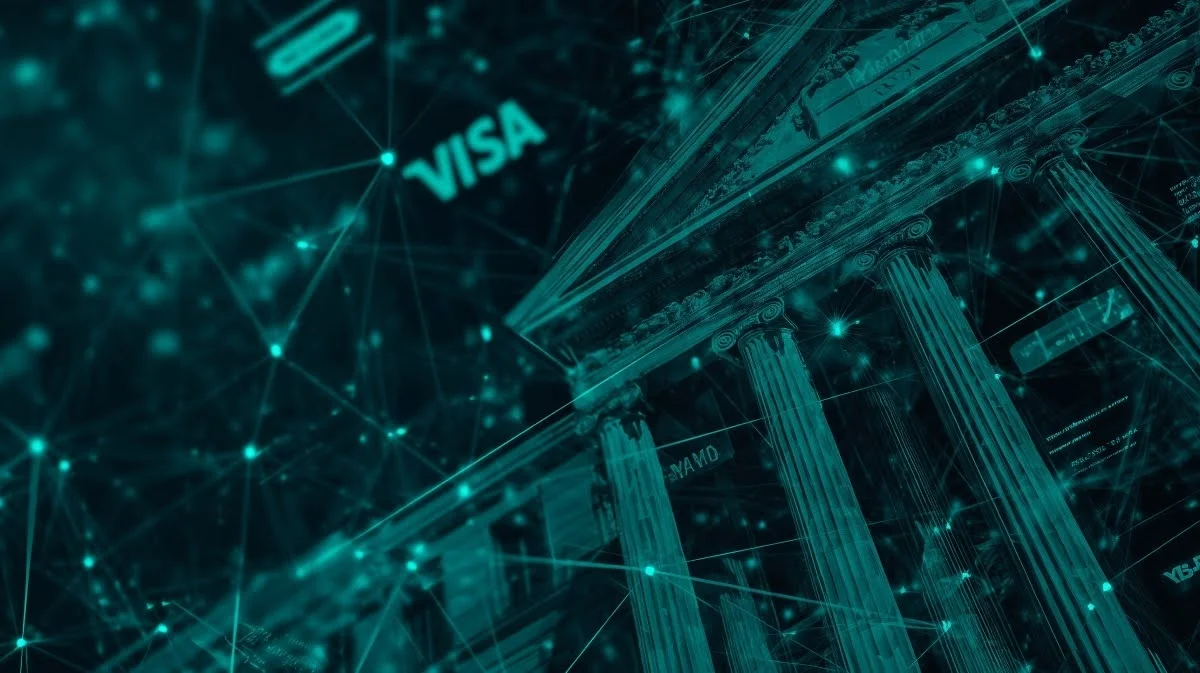
Welcome to the EDAS Highlight Series! Each week, we’re breaking down a top-rated session from the Enterprise Digital Asset Summit, helping you catch the biggest insights, themes, and innovations shaping the future of on-chain enterprise finance. That includes DATs! Digital Asset Treasuries, or DATs, are one of the hottest topics in the enterprise blockchain space. The industry has seen plenty of DATs lately. Bitwave even participated in the recent Canton DAT, with publicly traded biotech firm Tharimmune, Inc. adopting a DAT strategy and raising over $540 million to build a treasury of Canton Coin. This makes it the first public company directly supported by the Canton Foundation.
In addition to investing in DATs, Bitwave has many DATs as customers. We know first-hand the challenges of accounting for digital assets once they hit the balance sheets of publicly traded companies.
Want to watch the full Enterprise Digital Asset Summit DAT conversation? All EDAS 2025 session recordings, including this one, are now available on-demand on our YouTube channel.
Session Overview
In this fireside chat, Bitwave Chief Revenue Officer Jim Thompson sat down with Mostafa Al-Mashita, Co-Founder and Director of Sales & Trading at Secure Digital Markets (SDM), to discuss the growing prevalence of Digital Asset Treasuries (DATs), one of the most explosive trends in enterprise crypto strategy.
From the structural mechanics of launching a DAT to operational realities, custody requirements, portfolio management, and market predictions, the conversation offered one of the clearest looks yet at what’s driving the 150+ digital-asset-first public companies now emerging around the world.
Why Digital Asset Treasuries Are Exploding
For years, “Bitcoin on the balance sheet” was seen as an experiment with MicroStrategy as the lone pioneer. That has changed dramatically.
According to Mostafa, 150+ publicly listed companies now operate digital asset treasuries, representing a surge that only truly accelerated in the past 12 months. This development didn’t come out of nowhere, catalyzed by more favorable and clearer accounting rules, which lowered barriers for companies that previously couldn’t justify the regulatory or operational lift required to hold crypto at scale.
As Mostafa put it, “It’s nice to be on the other side of the regulatory headwinds.”

Three Profiles of Enterprise Digital Asset Holders
The conversation introduced a helpful framework for understanding the companies entering this space, which tend to fall into one of three categories.
Traditional enterprises
These are companies like Tesla or SpaceX holding Bitcoin as a long-term asset on the balance sheet with no plans to sell.
Crypto-native companies
These groups generate revenue in ETH, SOL, or BTC and naturally hold assets as part of operations.
DAT-first public companies
This fast-growing cohort is where the digital asset treasury is the business model, and is the primary driver of current market activity. Their identity and growth strategy center around active treasury management, yield generation, and sophisticated hedging strategies.
The Shift to Active Portfolio Management
Traditional treasury management emphasizes safety, risk mitigation, and conservative yield.
DATs? Not so much.
These companies are not simply “holding Bitcoin.” They're running institutional-grade trading strategies on publicly listed balance sheets, embracing:
- Active portfolio management
- Constant hedging and exposure adjustments
- Optimization around modified NAV (MNAV)
- Yield generation across multiple asset types

Structuring a Digital Asset Treasury
Most DAT-first companies launch via one of two structures, either direct listing or reverse takeover (RTO). Both help private investors gain optionality while giving the DAT vehicle the balance sheet it needs to begin acquiring digital assets.
Key considerations include:
- The acquired entity’s debt profile
- The amount of excess balance sheet capital
- Whether the entity trades below its net balance sheet value
SDM works closely with banking partners across financial hubs to assist companies at this earliest stage of structuring. Once the structure is established, operations become the center of gravity. For a publicly listed entity, the expectations are clear.
- Robust custody setup
- Multi-party governance controls
- Clear transaction authorization policies
- Pricing, liquidity, and operational risk management
- Audit-ready reporting
Many teams entering the DAT space fall into two camps:
(a) deeply crypto-native treasury operators, or
(b) Traditional CFOs who are new to digital assets.
Both require specialized support around custody, execution, and internal controls to meet public-company standards.
The Operational Reality: Millions of Fills, Not Hundreds of Trades
One of the most striking session anecdotes revolved around a case study of a customer estimating they had ~100 trades. Once implementation began, it turned out to be over a million fills from fragmented liquidity, algorithmic execution, and multi-venue routing.
This is normal for large-scale treasury activity, but absolutely unmanageable without the right partners. Bitwave absorbs that activity downstream and transforms it into clean accounting entries, reconciliation, and reporting workflows.
Where DATs Are Heading Next
The closing conversation explored where this movement might be going. A full circle moment could see DeFi protocols launching their own DATs or multi-managed treasury portfolios. A potential coming boom in lending and credit markets, driven by debt-financed asset acquisition. The increased growth of the space may have a dark side of bad actors entering the space, likely leading to the first DAT “bust.”
Digital Asset Treasuries are outgrowing their fringe classification, rapidly becoming a mainstream capital-market phenomenon. As companies explore these strategies, the differentiators will be structure, governance, execution sophistication, and audit-ready operations.
For enterprises exploring DATs or scaling their digital asset capabilities, the opportunity is large, the operational lift is real, and the companies that invest early in infrastructure, partners, and governance will be the ones that win.
Ready to Bring Enterprise-Grade Treasury Operations to Your Organization?
DATs live and die by operational precision. The enterprises that win will be the ones with airtight controls, real-time visibility, and audit-ready infrastructure. Bitwave is purpose-built to help teams manage digital asset treasuries with confidence, from high-volume transaction ingestion to automated accounting, reconciliation, policy controls, and reporting across every wallet, exchange, and custodian you use.
If your organization is exploring a DAT, scaling one, or simply needs a smoother path to compliance and financial clarity, Bitwave can help. Schedule a demo with our team to see how Bitwave supports the full lifecycle of enterprise digital asset operations.


Disclaimer: The information provided in this blog post is for general informational purposes only and should not be construed as tax, accounting, or financial advice. The content is not intended to address the specific needs of any individual or organization, and readers are encouraged to consult with a qualified tax, accounting, or financial professional before making any decisions based on the information provided. The author and the publisher of this blog post disclaim any liability, loss, or risk incurred as a consequence, directly or indirectly, of the use or application of any of the contents herein.







